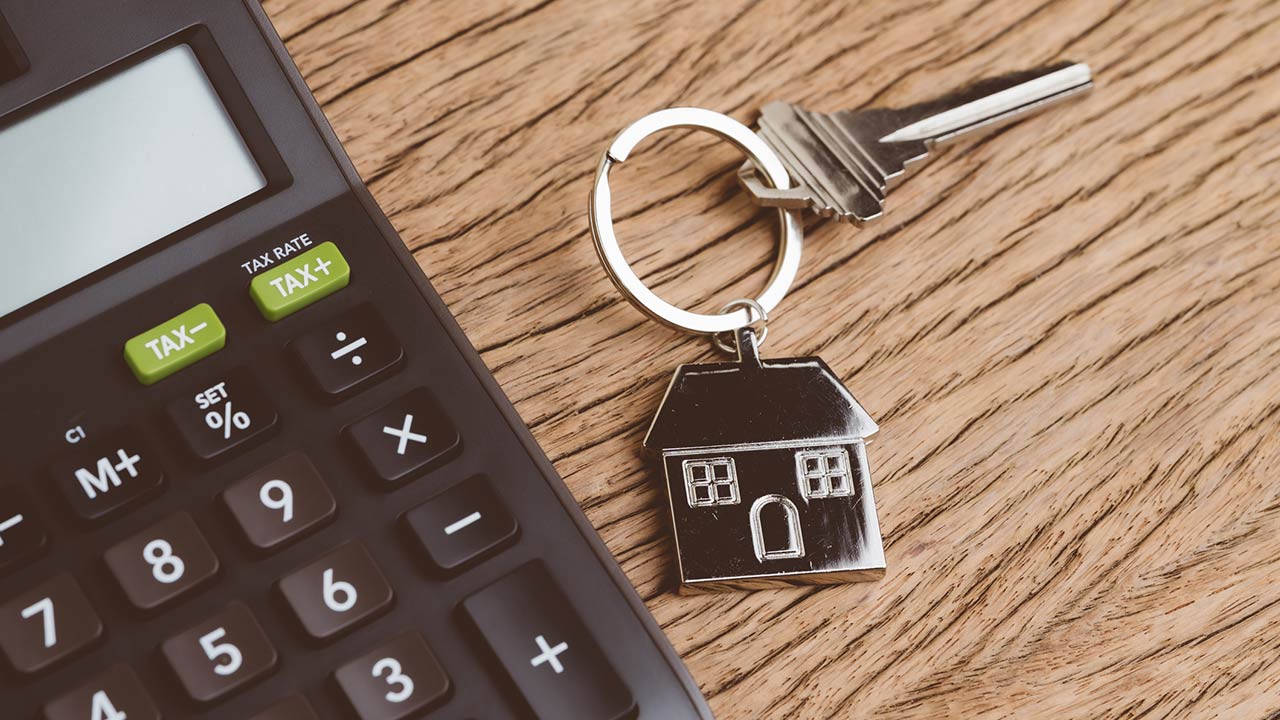What You Should Know About Easements Before You Buy
There are literally dozens of real estate terms that you should probably understand before you sign a purchase agreement, and one of the more important ones is “easements.”
You might be alarmed to find out after you’ve bought a home that it’s actually not entirely private – you might actually be legally obligated to share part of your property with the neighbor or let the local utility company waltz onto your yard to erect a telephone pole or bury a pipe.
The term “easement” essentially refers the right of one party to use another party’s property. In return for the right of easement, a fee is paid to the property owner. It’s also referred to as a “right-of-way,” and basically allows other parties to legally come onto your property.
It’s important to know if easements exist on the property you plan on buying, and the impact they have on the purchase or usage of the home. Here are a few common ones you should know about.
Easement in Gross
This type of easement is actually attached to the owner of the property, rather than the property itself. Easements in gross are usually fixed for the life of the owner, but they may be revoked if the owner sells that particular property. Maybe the homeowner has an easement in gross with a neighbor that allows the homeowner to use a path to go through the neighbor’s yard to reach the property. Once the owner sells that property, however, the easement in gross can’t be passed on to next property owner.
If you’re contemplating buying a house that has an easement which allows the present owner to use the adjacent neighbor’s property to pass through, make sure you identify whether or not it’s an easement in gross. If it is, you won’t be granted the same right to pass through the neighbor’s yard.
Easement By Necessity
When a person has the legal right to cross over another individual’s property in order to get to a landlocked parcel, it’s known as an ‘easement by necessity.’ These easements are described as ‘appurtenant,’ which means that they benefit a particular property, and not an individual.
This type of easement is created only when a landowner divides the property between two or more owners. It basically arises only when such a division of property causes a newly divided piece of land that no longer offers access to a public street.
To claim an easement by necessity, it must be proven that one party has divided his or her land and transferred part of it to the another party. It also needs to be proven that the division of the land causes one party to no longer have legal access to a public street or have any other easement over private property to access a public street.
If someone buys property that didn’t already have access to a public street, that person needs to buy easements as required to get access to a public street — or else wait for the government to construct a public street next to the land.
Easement By Prescription
If a person has been using a specific part of a property continuously for years without any consent from the owner, and such use has been seen by others during that time period, an easement by prescription has been created.
The prescriptive use of the property needs to be continuous and uninterrupted. This means that the user needs to make use of the easement on a regular basis, and not just occasionally.
Basically, the user gets an easement by openly and continuously using the land for the number of years that is specified by state laws.
Easement By Prior Use
When a property owner has been using part of his or her land in a way that benefits another part of the property, and then transfers one of these parts to another person, an easement by prior use has been created.
The individual claiming this type of easement must prove that one of the parties has divided the property and transferred part of it to the other. The individual must also prove that one of these land parts has been used to benefit the other part of the property in such a way that would be considered an easement if the parts were owned separately.
Like an easement by prescription, the prior use must have been continuous, and not just sporadic, up until the time that the land is severed. Not only that, but the prior use must have been apparent to the parties when the ownership was severed and transferred to another.
Easement By Estoppel
When an owner of land misrepresents the existence of an easement when selling a property, and doesn’t include an express easement over an adjacent property that the seller owns it in the deed, the courts can step in and create an easement. If the court determines that the buyer acted reasonably, and relied on what the seller promised, the court can create an easement by estoppel.
For instance, let’s say the owner of land sells to another on the promise that the buyer can use the seller’s driveway, but such an easement was never included in the deed. The buyer then builds a structure on the seller’s driveway, but the seller then decides to block off the driveway and prevent the buyer from accessing the driveway. In this case, a court can enforce an easement by estoppel.
All these terms might sound like foreign concepts. Your real estate agent is your best friend when it comes to identifying whether or not easements exist a home sale or purchase. Just as much as you should know about any structural issues in a home you plan on buying, so should you know about any existing easements that could have a huge impact on how you enjoy the use of your new home.












